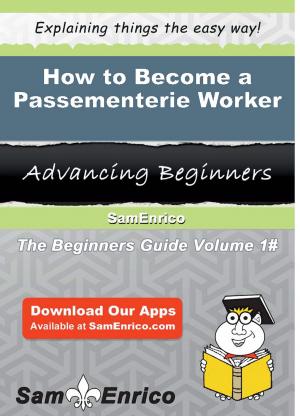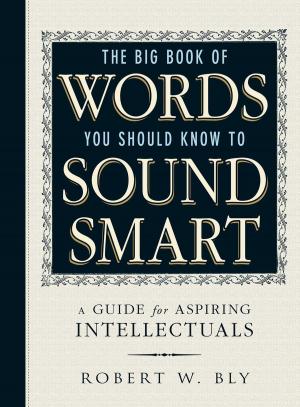The Simple Guide to The Writing Process
Simple Guide Books, #2
Nonfiction, Reference & Language, Language Arts, Writing & Publishing, Writing Skills, Reference| Author: | Patricia Martin | ISBN: | 9781533796967 |
| Publisher: | Jason Martin | Publication: | June 27, 2016 |
| Imprint: | Language: | English |
| Author: | Patricia Martin |
| ISBN: | 9781533796967 |
| Publisher: | Jason Martin |
| Publication: | June 27, 2016 |
| Imprint: | |
| Language: | English |
The writing process is a series of steps that writers follow to compose a presentable piece of writing. By incorporating these steps, writers are able to create writing that is clear, organized, and correct. The writing process keeps writers on track and improves the outcome of the writing.
Although the writing process seems simple enough to naturally-organized writers with innate time management skills, for many students and writers the writing process can be overwhelming. In this book, we attempt to present the writing process in a simple, straightforward manner.
Think that the writing process is only for young students? Think again.
Writers between the age of 8 and 108 use the writing process on blogs, articles, stories, reports, research papers, letters, novels, poetry, non-fiction books, and every other imaginable type of writing.
Like all of the books in the Simple Guide Books series, The Simple Guide to The Writing Process, is written to the person who may struggle with this topic and the person who needs basic explanations with straightforward examples.
All writers encounter the writing process at some point. A teacher or professor may require student writers to follow the writing process for an assignment. Many professions require workers to write, and the writing process comes in handy, especially with longer pieces like professional reports. As well, novice and professional writers alike follow the writing process to keep themselves and their writing controlled.
The writing process can help a writer get prepared, stay organized, and complete writing tasks on time. Being organized reduces stress and makes the writing process more enjoyable. The writing process is used in the classroom, in the boardroom, and in the community to communicate competently.
Using the writing process in one’s writing tasks can mean the difference between a messy, confusing draft and a polished, publishable paper.
The writing process is a series of steps that writers follow to compose a presentable piece of writing. By incorporating these steps, writers are able to create writing that is clear, organized, and correct. The writing process keeps writers on track and improves the outcome of the writing.
Although the writing process seems simple enough to naturally-organized writers with innate time management skills, for many students and writers the writing process can be overwhelming. In this book, we attempt to present the writing process in a simple, straightforward manner.
Think that the writing process is only for young students? Think again.
Writers between the age of 8 and 108 use the writing process on blogs, articles, stories, reports, research papers, letters, novels, poetry, non-fiction books, and every other imaginable type of writing.
Like all of the books in the Simple Guide Books series, The Simple Guide to The Writing Process, is written to the person who may struggle with this topic and the person who needs basic explanations with straightforward examples.
All writers encounter the writing process at some point. A teacher or professor may require student writers to follow the writing process for an assignment. Many professions require workers to write, and the writing process comes in handy, especially with longer pieces like professional reports. As well, novice and professional writers alike follow the writing process to keep themselves and their writing controlled.
The writing process can help a writer get prepared, stay organized, and complete writing tasks on time. Being organized reduces stress and makes the writing process more enjoyable. The writing process is used in the classroom, in the boardroom, and in the community to communicate competently.
Using the writing process in one’s writing tasks can mean the difference between a messy, confusing draft and a polished, publishable paper.















